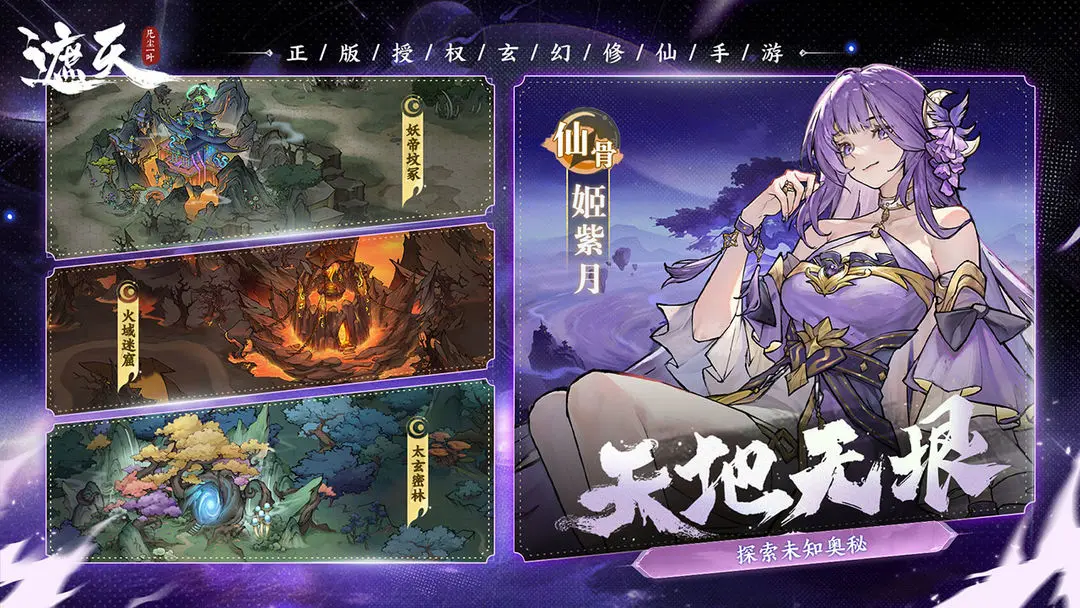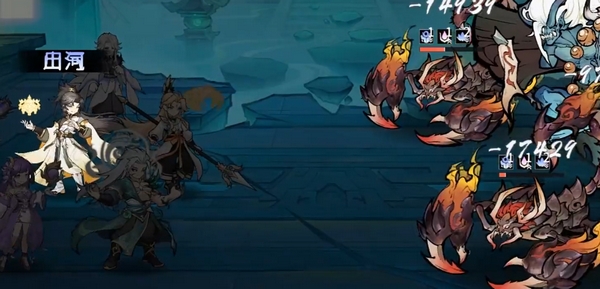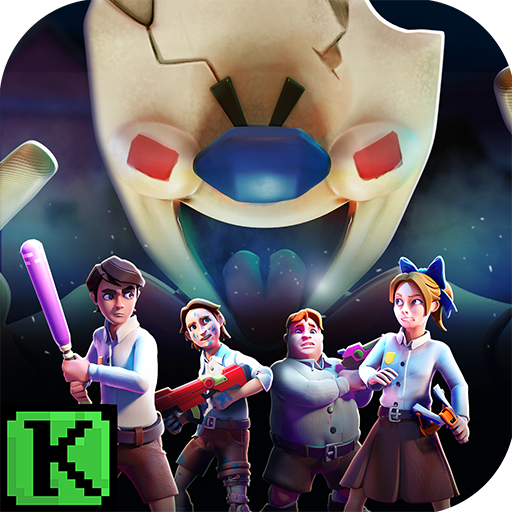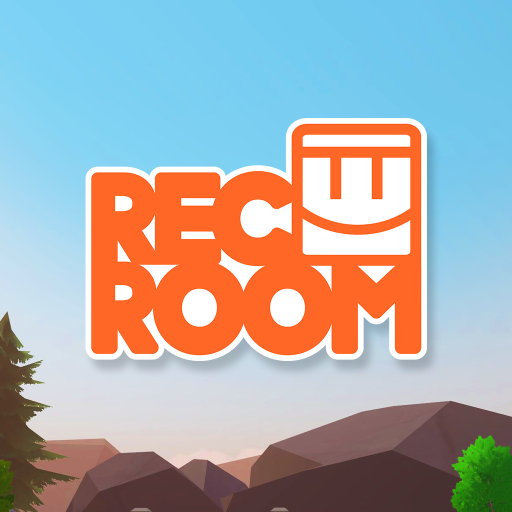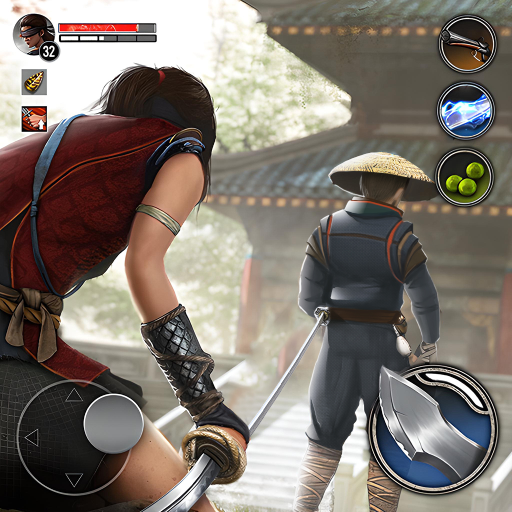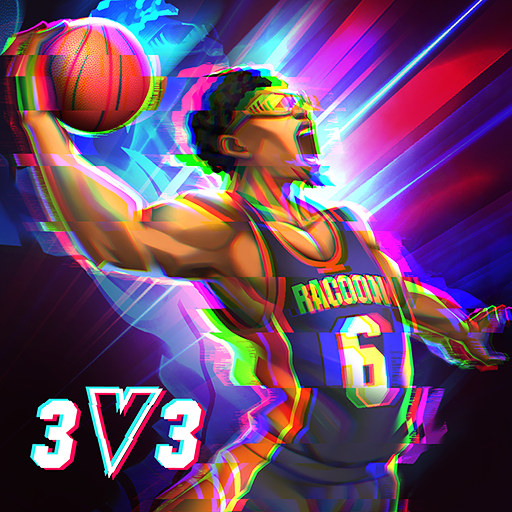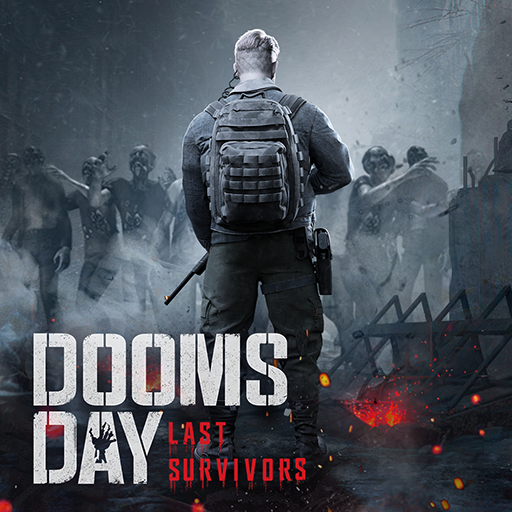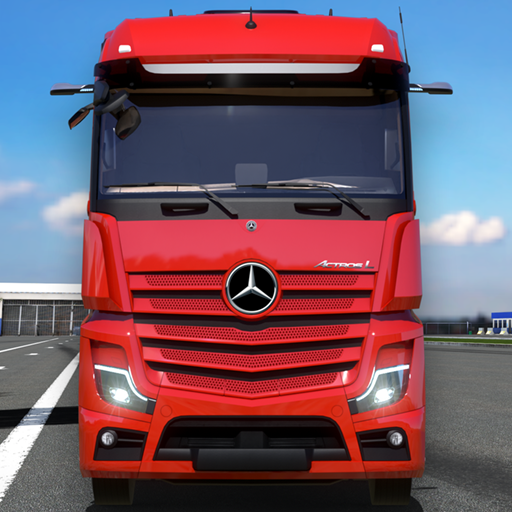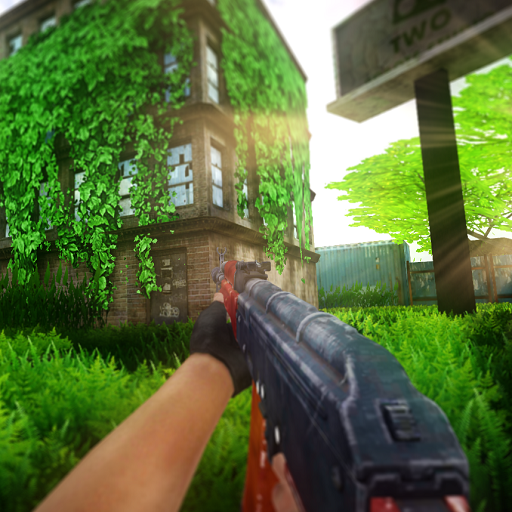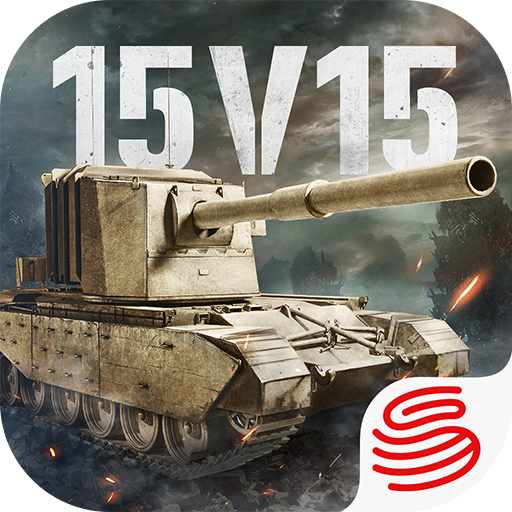In Ultraman Super Space-Time Heroes, a grand cosmic adventure awaits all brave warriors to embark upon. Here, collecting and nurturing various Ultraman warrior cards and carefully assembling an incredibly powerful lineup is key to facing the ever-escalating cosmic challenges. In the overview of combat skills in Ultraman Super Space-Time Heroes, you can see these uniquely characterized Ultramen, which are not just simple cards; they actually represent the Ultraman warriors that you can control.
First, let's talk about the types of Ultramen. This is akin to different role positions within a team. Offensive Ultramen are the main source of damage for the entire team. They excel at delivering rapid single-target bursts or powerful area-of-effect attacks to deal blows to enemies. For example, Ultraman Zero, with his incredibly powerful Wide Shot, can cause massive damage to enemies instantly once released. Defensive Ultramen, on the other hand, safeguard the team's safety. They possess extremely high health points and formidable defense, always rushing to the front lines in battle, using their bodies to shield teammates from harm.

Some defensive Ultramen also have taunt or damage reduction skills, not only attracting enemy fire but also mitigating the damage taken by teammates. Supportive Ultramen, through providing healing, buffs (like increasing teammates' attack power, enhancing defensive attributes), and control effects (such as stunning, slowing down enemies, or dispelling debuffs from teammates), influence the course of battles. A crucial point to remember is that in this world, no Ultraman is omnipotent. Each type of Ultraman has its irreplaceable unique role within the team. For new players, it's important to try and gather three different types of roles in the early stages of the game to build a relatively balanced and strong lineup. To achieve victory in battles, merely having powerful Ultramen is not enough. It's also necessary to spend time thoroughly understanding the skill effects, release conditions, including required energy, cooldown duration, and special mechanisms like combos, charging, and form switching, of each Ultraman card you own.
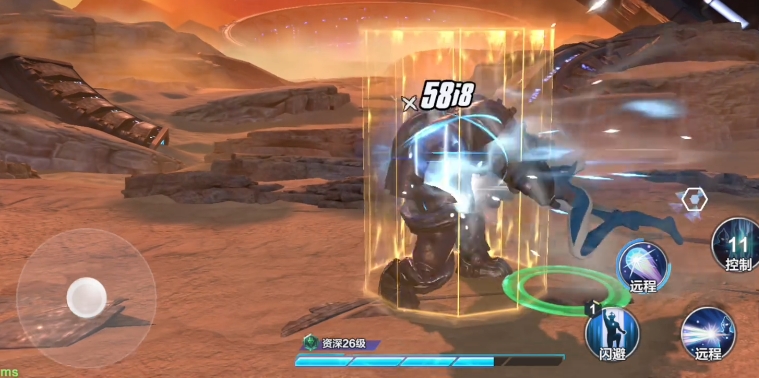
For instance, everyone knows that Ultraman Zero's Wide Shot is a high-burst damage skill, but it has a relatively long cooldown. For support-type cards, players need to clearly know when to use healing skills to save critically injured teammates or under what circumstances to use critical control skills to disrupt the enemy's rhythm. During battles, one must also consider the connection between skills. For example, a support-type card could first use a control skill to immobilize the enemy or apply a defense-reducing debuff. At this moment, the core offensive card should quickly follow up with a high-damage skill.
When facing highly defensive enemies, never blindly engage in a hard fight. At such times, the control skills of support-type cards play a significant role. Players can prioritize using the support's control skills, such as stunning or freezing the enemy, to interrupt their actions, or using weakening skills to reduce the enemy's defense or attack capabilities. Then, the core offensive unit can seize this opportunity for a burst of damage. Just like how Ultraman Zero can start with a suppressive thrust, followed by a normal attack, then Phantom Sword, and finally the Wide Shot. Such a seamless sequence of skill releases can deal substantial damage to the enemy.
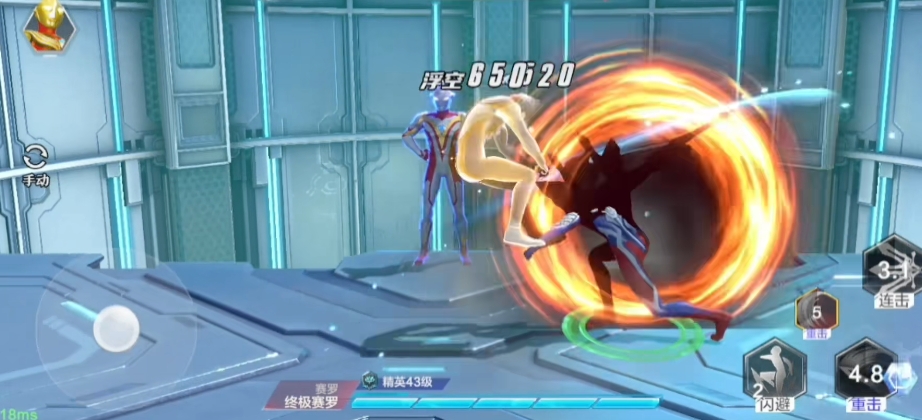
Another example is Glitter Tiga, who can first charge a normal attack, then follow with Skill 1, and then Skill 2 to launch the enemy into the air, immediately followed by the ultimate move. Through such skill combinations, one can maximize their damage output. Defensive roles must withstand key damage. When facing multiple enemies, players can consider using offensive Ultramen with area-of-effect skills to strike a large area, or use the support's crowd-gathering skills to group scattered enemies together before attacking with AOE skills.
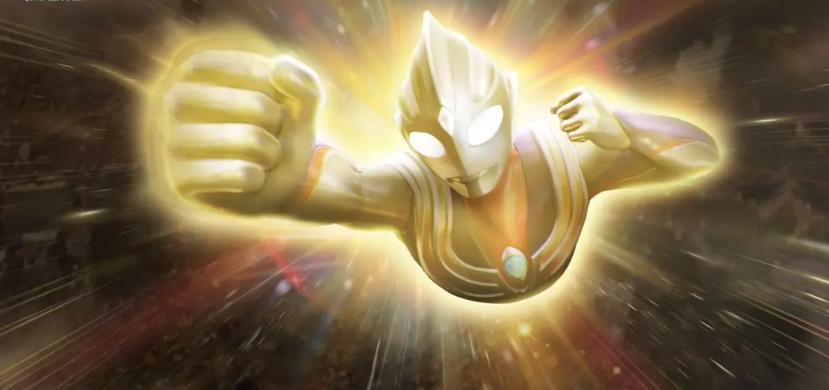
In battle, players must always pay attention to the pre-movement of the opponent's skill release, observing and predicting to discern the enemy's intentions. Evasion skills are essential for dodging critical damage and control, and they usually have a short cooldown. Therefore, players should not mindlessly stand and attack but instead look for the right moment to dodge flexibly. After successfully controlling or interrupting the opponent, quickly follow up with your high-damage combo, giving the enemy no room to breathe. Additionally, some Ultraman cards have form-switching functions, such as Tiga, who can switch between different forms. Players need to deeply understand the advantages and disadvantages of different forms and switch at the appropriate time. For example, when needing to deliver high burst damage, switch to the Power Type, and when needing to dodge enemy attacks flexibly, the Sky Type can leverage its strengths. Finally, choosing the right equipment based on the character's characteristics is also a critical factor in enhancing combat power. For instance, for Ultraman Zero, who prioritizes attack and crit attributes, one might choose gear like the Aurora Arm Guards and Energy Shield, which can further amplify his damage output.
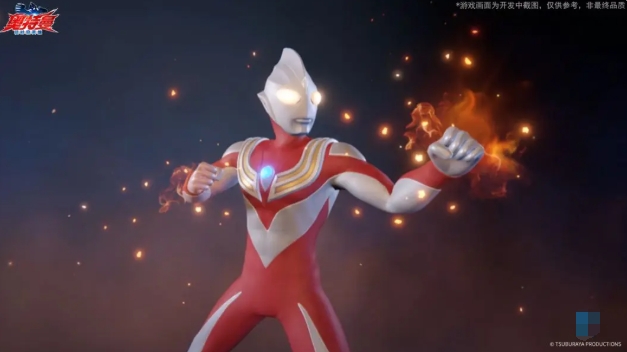
And for Glitter Tiga, one could opt for items like the Light Stick and Glitter Tornado Cloak. Meanwhile, players should also formulate corresponding tactics based on the enemy's characteristics. For example, when facing boss-level enemies, do not directly attack head-on; instead, try flanking. When clearing out ranged minions, continuously attack to stack passive effects. In PvP battles, focus more on dodging and rolling to avoid skills, and counterattack by exploiting the opponent's weaknesses.
The above is a related introduction to the combat techniques in Ultraman Super Space-Time Heroes. These are the skills that everyone can master in the various confrontations in the game. Of course, if you want more advanced operational techniques, you can gradually understand the individual usage effects of Ultramen later on.
